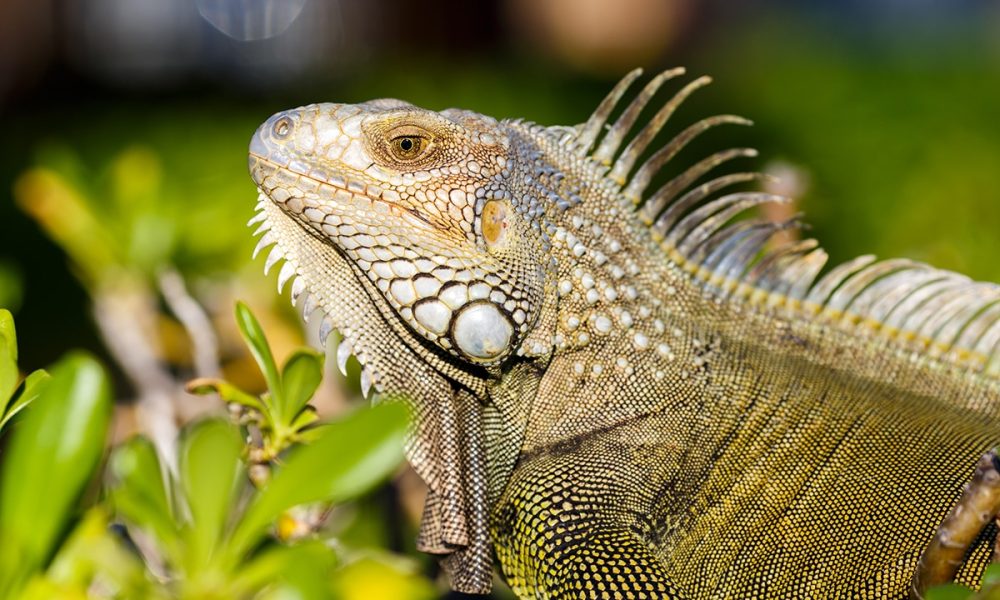
Overwhelmed with iguanas! The green iguanas attacking South Florida are now becoming an issue in the Tampa Bay area. The invasive animals have been identified in Pinellas and Manatee counties this summertime.
Residents of Northeast St. Petersburg near Kenneth City are also finding lizards.
The creatures are highly intrusive, can live up to ten years in the wild and each female can lay up to 76 eggs. It would not be great to have a lot of iguanas swimming around our lakes and waterways.
Why The Iguanas Are Problematic
The green iguanas have actually produced a substantial problem in South Florida where Florida Wildlife Commission (FWC) officials state the iguanas are triggering damage to native plants, seawalls, and electrical transformers.
Up until now this summer season, three iguana sightings have actually been reported to FWC in Pinellas County and one in Manatee County, but FWC states for every one reported, they think there are many more making their houses in Tampa Bay. FWC is now spreading out the word that if you find one of the green iguanas, the very best thing to do is get it removed right away.
By calling in a removal expert the problem will get solved in the best way possible. In Florida, all captured iguanas need to be kept in captivity as pets or captive breeding stock or should be destroyed. They can not be launched into the wild. Removal experts have the best methods of dispatch to remove the problem quickly and avoid the lizard getting away.
In South Florida they’ve come up with a more creative solution, the green iguanas are appearing on supper plates and nicknamed the “Chicken of the trees.” The idea is getting blended responses in Tampa Bay.
From the Florida Keys to the northern reaches of Palm Beach County, iguanas are moving into brand-new communities almost as quick as savvy property speculators. They generally live in warm climates -cold kills them- and the agreement is that they are eating their way northward.
As vegetarians, the four-footed mower has munched their way through expensive landscaping, caused headaches for botanical gardens, and pooped on the deck of more than one cabin cruiser.
It’s unclear why the iguanas are moving north, as it threatens their survival in winter months, but is likely due to more and more cramped quarters in their habitats. With humans encroaching more and more on wildlands space is now at a premium for wildlife.
Green Iguanas Are No Joke to The Local Environment
The FWC utilizes the University of Georgia’s Center for Invasive Species and Ecosystem Health as a resource for tracking green iguanas and what locations they’re moving towards. It exposes increasing reports of iguanas in the Lakeland location and along Florida’s east coast.
These creatures end up killing out native species and becoming a big problem.
If you see one of these animals call the World Class Wildlife Removal experts right away to make an appointment.
